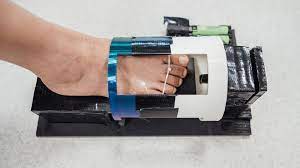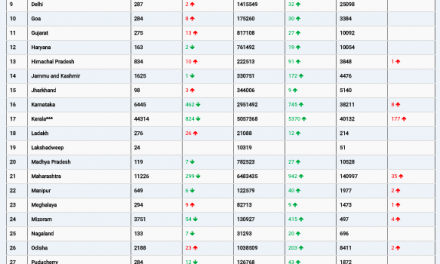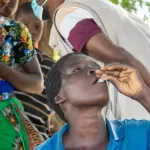
Scientists at the National University of Singapore (NUS) have developed an innovative magnetic gel to expedite the healing of diabetic wounds, which tend to heal slowly due to compromised natural wound-healing abilities in diabetic patients. These chronic wounds can lead to severe infections and, in some cases, even necessitate limb amputation. To combat this global healthcare challenge, the NUS research team engineered a magnetic wound-healing gel that not only accelerates the healing process but also reduces recurrence rates, ultimately lowering the instances of limb amputations.
The treatment involves applying a bandage pre-loaded with a hydrogel containing healing skin cells and magnetic particles. A wireless external magnetic device is then used to activate the skin cells and expedite wound healing. The optimal duration of magnetic stimulation is approximately one to two hours.
Laboratory tests have demonstrated that this treatment, combined with magnetic stimulation, heals diabetic wounds about three times faster than current conventional methods. Additionally, while the focus has been on healing diabetic foot ulcers, the technology holds promise for treating a wide range of complex wounds such as burns.
Assistant Professor Andy Tay, who leads the research team, emphasized the limitations of conventional dressings in wound healing, stating that they do not actively contribute to the healing process but rather prevent further deterioration. This necessitates frequent dressing changes, incurring significant costs to the healthcare system and inconvenience to patients.
In contrast, the NUS innovation takes a holistic approach to wound healing, addressing multiple critical factors associated with diabetic wounds. It manages elevated glucose levels, activates dormant skin cells, restores damaged blood vessels, and repairs the disrupted vascular network within the wound.
The team’s research was published in the scientific journal Advanced Materials in September 2023, and it was conducted in collaboration with scientists from various institutions.
Chronic diabetic wounds, particularly foot ulcers, represent a significant global healthcare challenge. The traditional treatments for these wounds often fall short, leading to recurring issues and, in many cases, limb amputations. With over half a billion people worldwide living with diabetes, this problem is expected to grow.
The specially designed wound-healing gel contains FDA-approved skin cells and tiny magnetic particles. When combined with a dynamic magnetic field generated by an external device, the gel’s mechanical stimulation encourages dermal fibroblasts to become more active. Lab tests have shown significant increases in cell growth and collagen production, both crucial for wound healing.
While the magnetic wound-healing gel shows promise in improving diabetic wound healing, it also holds potential for revolutionizing the treatment of other complex wound types, including burns and chronic non-diabetic ulcers.
The researchers are conducting further tests to refine the gel’s effectiveness and are collaborating with clinical partners to test it on diabetic human tissues. This development marks a significant stride in active wound care, aiming to provide an effective and convenient solution that improves outcomes for millions worldwide.










